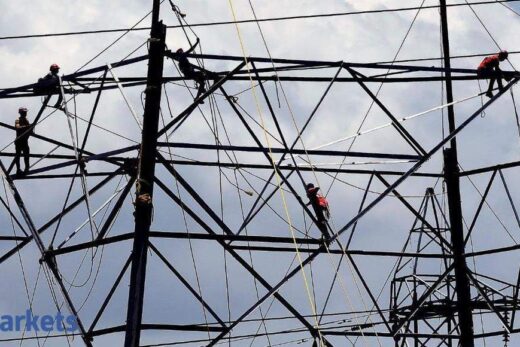The agency said revenues of India’s top 10 states, which plunged 600 basis points (bps) last fiscal, are set to exceed the pre-pandemic levels by 600 bps this fiscal. It analysed 10 data for 10 major states to come at this estimate.
The recovery would be driven by higher tax buoyancy, rise in sales tax collections from petroleum products (such as petrol and diesel) coupled with increase in grants as per the recommendations of the Fifteenth Finance Commission.
“While the second wave of the pandemic may moderate GST collections in June and July, we expect a recovery to pre-pandemic levels by August. expects India’s GDP to grow 9.5 per cent this fiscal which should assist GST collections to marginally better the pre-pandemic levels,” said Manish Gupta, Senior Director, CRISIL Ratings.
Aggregate Goods and Services Tax (GST) collections, which account for a fifth of the revenues of states, recovered well in the fourth quarter of last fiscal as economic activity sprung back. The momentum continues this fiscal, with April and May collections averaging Rs 0.93 lakh crore, marking an 11 per cent growth over fiscal 2020.
Moreover, thanks to the rising crude oil prices combined with the Rs 10-13 per litre increase in central excise imposed last year, will increase the taxable value of fuel for levy of sales tax, which accounts for 10 per cent of state revenues.
“Most of these 10 states had hiked sales tax on fuel sales by 6-7 per cent (Rs 1.5-1.8 per litre) last fiscal. Consequently, we expect sales tax revenue for states to increase ~30 per cent this fiscal from fiscal 20 levels, even as fuel volume remains 2-3 per cent lower than the pre-pandemic levels, said analysts.
However, they warn that even if the revenues may grow 600 bps over fiscal 2020, they would still lag the budget estimates of states by a good 17 per cent. That’s because most states didn’t factor in the impact of the second wave and have pencilled in way higher tax buoyancy.



